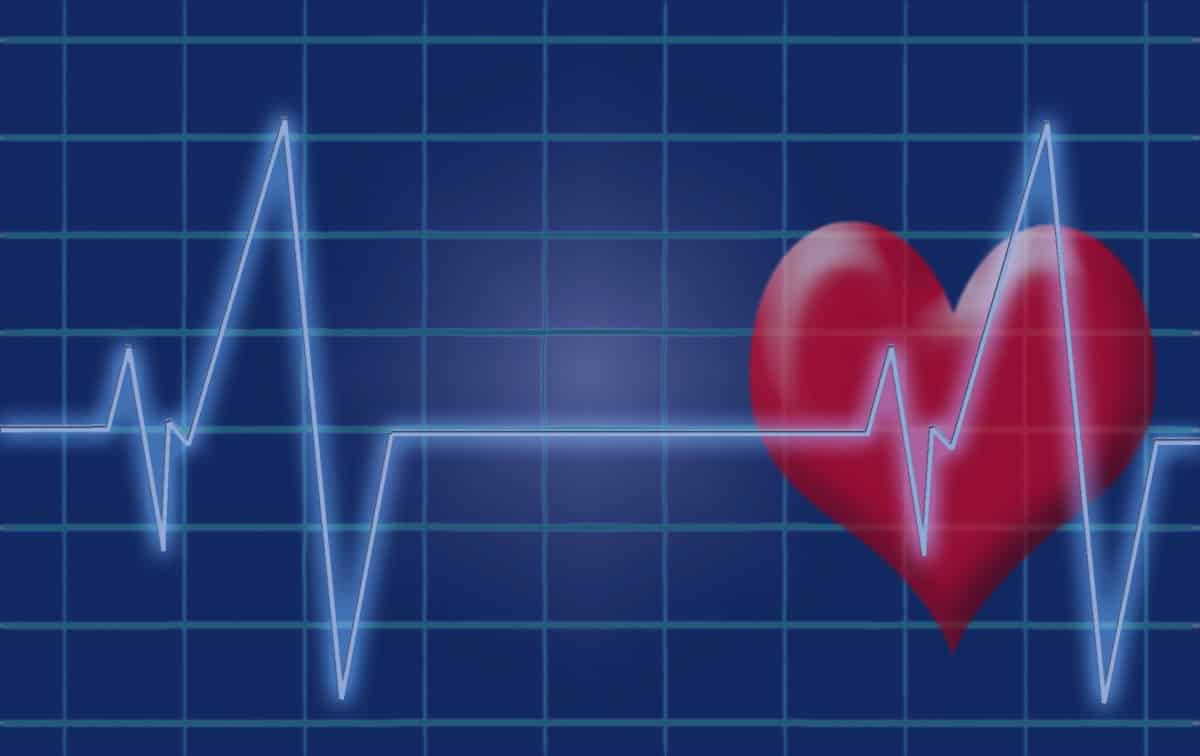
A new digital model proved to correctly predict the outcomes of pacemaker medical treatment in heart failure patients. Through a digital twin – a computer model that processes data to produce a simulation – researchers from Maastricht University and University Medical Centre Utrecht created a digital copy of patients’ cardiovascular systems. This technology can pave the way to individual tailored medical treatments, writes the .
Why you need to know this
Cardiovascular diseases are and will be one of the main health challenges. By 2030, the Dutch CardioVascular Alliance estimates that nearly two million people will be chronic heart patients.
To simulate each patient’s heart, the scientists used a computer model developed in Maastricht called CircAdapt. Maastricht researchers have been working on this digital model of the human cardiovascular system for years. It predicts very precisely the consequences of small changes in the functioning of the heart, such as in pumping force or electrical conduction. The model can also help cardiologists to make better diagnoses. In patients with heart failure, a variety of factors often combine to produce a specific clinical picture.
“This technology not only opens the door to personalized medicine, with customized treatments for heart failure but also offers a unique platform for animal-free research on cardiovascular disease and innovative training using virtual patients,” says Joost Lumens, research leader and professor of computational cardiology at Maastricht University. “With these promising results, we plan to set up prospective studies to bring us a step closer to the actual use of this innovation by cardiologists in their daily clinical practice.”

Medical treatment
45 patients with heart failure were included in the study, and the computer model successfully predicted the effect of pacemaker therapy. In reality, the patients at the University Medical Centre in Utrecht had already undergone such treatment, and this enabled the researchers to establish whether the effects of the treatment as predicted by the digital model had actually occurred in the hearts of the patients. This proved to be the case even if the therapy did not appear to have had the desired effect. Therefore, the Utrecht cardiologists are very satisfied with the approach.
“Thanks to the digital twin, we are now able to predict the efficacy – or inefficacy – of pacemaker treatment in patients with heart failure. It also means we can select patients for surgery more accurately,” says Mathias Meine, cardiologist and professor of cardiac implantable devices in heart failure at Utrecht University. “In addition, the computer model allows us to test innovations in the digital lab easily, so new ideas for heart disease treatments can be clinically applied more quickly.”

